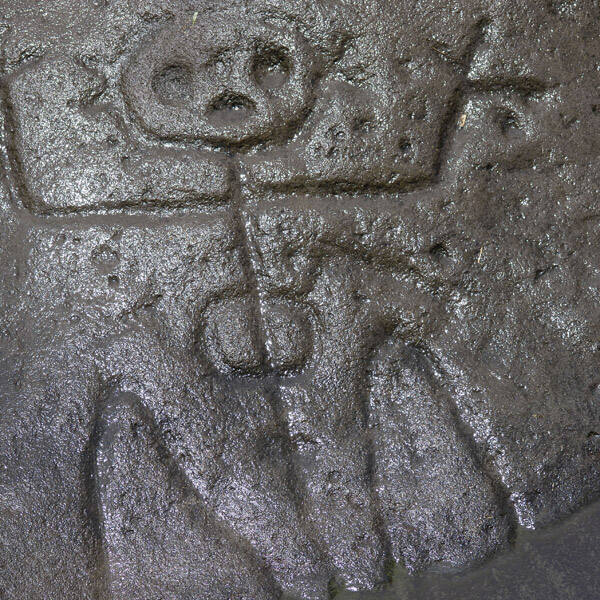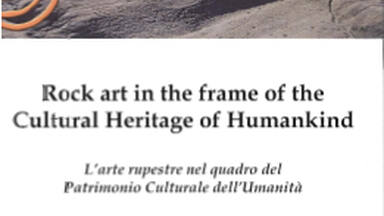Contacts
Nuria Sanz (n.sanz@unesco.org)
Following the successful meeting held in Martinique on the subject of Rock Art in the Caribbean and the World Heritage Convention, it was noticed by the working groups that the logical theme for follow-up in terms of the trans-regional value and future possibility serial nomination was that of Rock Art in the Caribbean. Rock Art has been defined as one of the most significant remnant cultural indicators of a common history among the countries of the Caribbean.
This meeting, bringing together experts in the area of rock art from the Caribbean sub-region, but also Rock Art specialists from further afield demonstrated the importance of this heritage not only as one that is underrepresented on the World Heritage list but one that is under increasing threat in the region from adverse climatic conditions and from human and tourist development.
Throughout the Caribbean, Rock art bears testament to the close relationships that Amerindian peoples maintained with their natural environment the sites holding both cultural and symbolic significance for the inhabitants of the Caribbean today.
Following the presentations by regional participants regarding various manifestations of Rock Art found in the region the experts were split into groups to discuss Rock art specificities to be found in geographical zones as follows: The Continental zone (including French Guyana, Venezuela – the mouth of the Orinoco – and the Netherlands Antilles), the lesser Antilles and the Greater Antilles. These groups assessed the Rock art sites of each of these geographic sub-sections against the criteria for selection on the World Heritage list.
The results of the three group sessions were considerable; one of the most notable aspects being the selection of sites out of the three geographical zone for further nomination as a potential transboundary serial nomination. These assessments demonstrated the multiple contexts of Rock art in the Caribbean from zoomorphic representations in the continental zone to the common use of stalagmites and stalactites in the Lesser Antilles through to the significant manifestations of Taino rock Art in the Greater Antilles.
The experts present at the meeting proposed many substantial measures for the advancement of these sites in terms of their future inscription on the World Heritage list including: the drawing up of a homogenous inventory file of the meeting; the nomination of an IACA( International Association of Caribbean Archaeologists) focal point and the composition of a group of experts to accompany the nomination process; to further discuss the nominations at the IACA meeting to be held in Jamaica in January 2007; the creation of a group of experts to start the process in relation to domestic legislation issues and the designation of one country to initiate the process of the transnational serial nomination.
The results of this meeting will be published in the forthcoming World Heritage papers entitled ‘Rock Art in the Caribbean and the World Heritage Convention’.
This meeting, bringing together experts in the area of rock art from the Caribbean sub-region, but also Rock Art specialists from further afield demonstrated the importance of this heritage not only as one that is underrepresented on the World Heritage list but one that is under increasing threat in the region from adverse climatic conditions and from human and tourist development.
Throughout the Caribbean, Rock art bears testament to the close relationships that Amerindian peoples maintained with their natural environment the sites holding both cultural and symbolic significance for the inhabitants of the Caribbean today.
Following the presentations by regional participants regarding various manifestations of Rock Art found in the region the experts were split into groups to discuss Rock art specificities to be found in geographical zones as follows: The Continental zone (including French Guyana, Venezuela – the mouth of the Orinoco – and the Netherlands Antilles), the lesser Antilles and the Greater Antilles. These groups assessed the Rock art sites of each of these geographic sub-sections against the criteria for selection on the World Heritage list.
The results of the three group sessions were considerable; one of the most notable aspects being the selection of sites out of the three geographical zone for further nomination as a potential transboundary serial nomination. These assessments demonstrated the multiple contexts of Rock art in the Caribbean from zoomorphic representations in the continental zone to the common use of stalagmites and stalactites in the Lesser Antilles through to the significant manifestations of Taino rock Art in the Greater Antilles.
The experts present at the meeting proposed many substantial measures for the advancement of these sites in terms of their future inscription on the World Heritage list including: the drawing up of a homogenous inventory file of the meeting; the nomination of an IACA( International Association of Caribbean Archaeologists) focal point and the composition of a group of experts to accompany the nomination process; to further discuss the nominations at the IACA meeting to be held in Jamaica in January 2007; the creation of a group of experts to start the process in relation to domestic legislation issues and the designation of one country to initiate the process of the transnational serial nomination.
The results of this meeting will be published in the forthcoming World Heritage papers entitled ‘Rock Art in the Caribbean and the World Heritage Convention’.

